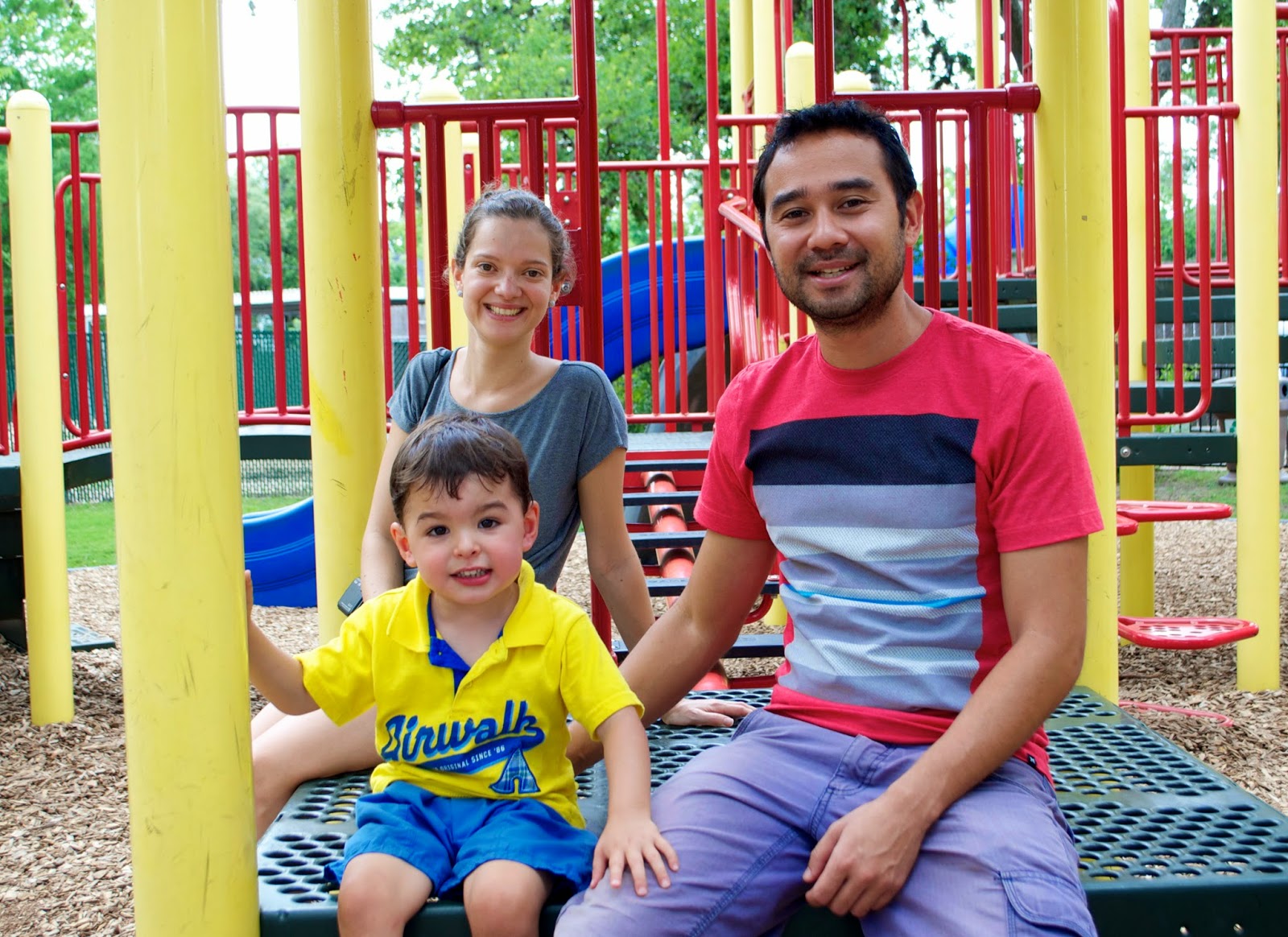In this post I will share my research on the musculoskeletal changes that occur during pregnancy. Definitely all these changes are leading to my discomfort in the SI joint. But with treatment from Dr McClintock the SI joint is getting better each day.
Musculoskeletal changes
During pregnancy changes occur that have an effect on the musculoskeletal system. These are outlined below:
1) Weight gain
The weight gained during pregnancy can dramatically increase the amount of stress placed across joints like the hips and knees by as much as 100% during running and other weight bearing activities. These forces in turn might be the reason for joints that become painful or are at risk of injury. (Artal and O'Tolle 2003, Br J Sports Med 37:6-12).
2) Postural Changes
The changing pregnant woman's body and increase in weight cause big changes in posture shown in the image below. Abdominal distention causes the pelvis to tip forward (anterior pelvic tilt), and a decrease in abdominal strength as the muscles are so stretched. These two factors combined with the increase in weight requires a realignment of the curvature in the spine. The woman's center of gravity moves forward which can cause lumbar lordosis (increase in the normal lumbosacral curve). To compensate this realignment the upper back and neck (cervicodorsal region) also change in curvature to allow balance to be maintained. This can cause back pain and a higher risk of losing balance or falling.
(Lowdermilk D, Perry S 2006, Maternity Nursing, Ch 8: Anatomy and physiology of pregnancy, pdf file).
3) Muscular imbalances
To compensate for the changes in posture during pregnancy, some muscle groups are required to work
more in order to keep the body in an upright position and some less. This causes muscular imbalances. As the pregnancy progresses the muscles working too hard will shorten and become very tight. The opposing muscles are required to work less and in turn become weaker and loose. See table below:
Muscles that
tighten
|
Muscles that weaken
and overstretch
|
|
Hip flexors
|
Buttocks (gluteals)
|
|
Front of thighs (rectus femoris)
|
Back of thighs (hamstrings)
|
|
Chest muscles (pectorals)
|
Abdominal muscles
|
|
Internal Rotators and elevators of shoulders: rhomboids,
levator scapulae and upper fibers of trapezius
|
Mid and lower fibers of
the trapezius in the
upper back
|
|
Pelvic floor muscles
|
||
External rotators of
shoulders
|
||
Ribcage muscles
|
In order to help prevent or reduce the impact of these muscle imbalances you should stretch the muscles that are tight, and strengthen the muscles that are weaker and looser.
4) Laxity of Ligaments
The laxity of the ligaments is thought to be occur because of increasing levels of the hormones relaxin and oestrogen needed during pregnancy and childbirth. Relaxin is released in order to relax the muscles, ligaments and joints to allow space for the baby and during delivery. Most of the effects caused by relaxin are prevalent in the pelvic area. Because the joints become more relaxed it can lead to a decrease in stability and or pain in the area (Artal and O'Tolle 2003, Br J Sports Med 37:6-12).
To help maintain pelvic stability I am seeing my chiropractor Dr McClintock, stretching the area, rolling my hips and surrounding areas on a foam roller and doing hip exercises.
I will finish this post with my updated weight gain chart and a few photos from the past few weeks and the growing baby bump :-)
4) Laxity of Ligaments
The laxity of the ligaments is thought to be occur because of increasing levels of the hormones relaxin and oestrogen needed during pregnancy and childbirth. Relaxin is released in order to relax the muscles, ligaments and joints to allow space for the baby and during delivery. Most of the effects caused by relaxin are prevalent in the pelvic area. Because the joints become more relaxed it can lead to a decrease in stability and or pain in the area (Artal and O'Tolle 2003, Br J Sports Med 37:6-12).
To help maintain pelvic stability I am seeing my chiropractor Dr McClintock, stretching the area, rolling my hips and surrounding areas on a foam roller and doing hip exercises.
I will finish this post with my updated weight gain chart and a few photos from the past few weeks and the growing baby bump :-)
 |
| Weight gain chart |
 |
| Enjoying the aquarium |
 |
| Park time - 32 weeks pregnant |
 |
| 33 weeks pregnant :-) |
 |
| Tio Henrique and Tia Mariana came to visit from Brasil :-) |
 |
| Exploring trails at Houston arboretum and nature centre |
 |
| Park time with Tio Henrique |
 |
| Lucas in training :-) |
HAPPY RUNNING EVERYONE!!
Below are some references and articles I found interesting while researching this topic:
1) R Artal, M O'Toole 2003. Guidelines of the American College of Obstetrics and Gynaecologists for exercise during pregnancy and the postpartum period, Br J Sports Med 37:6-12
Link to this paper: http://bjsm.bmj.com/content/37/1/6.long
2) Lowdermilk D, Perry S 2006, Maternity Nurinsg ed 7, ch 8 Anatomy and physiology of pregnancy, Elsevier Heath Sciences, pdf file
Link to this book: http://www.coursewareobjects.com/objects/evolve/E2/book_pages/lowdermilk/pdfs/208-230_CH08_Lowdermilk.qxd.pdf



















